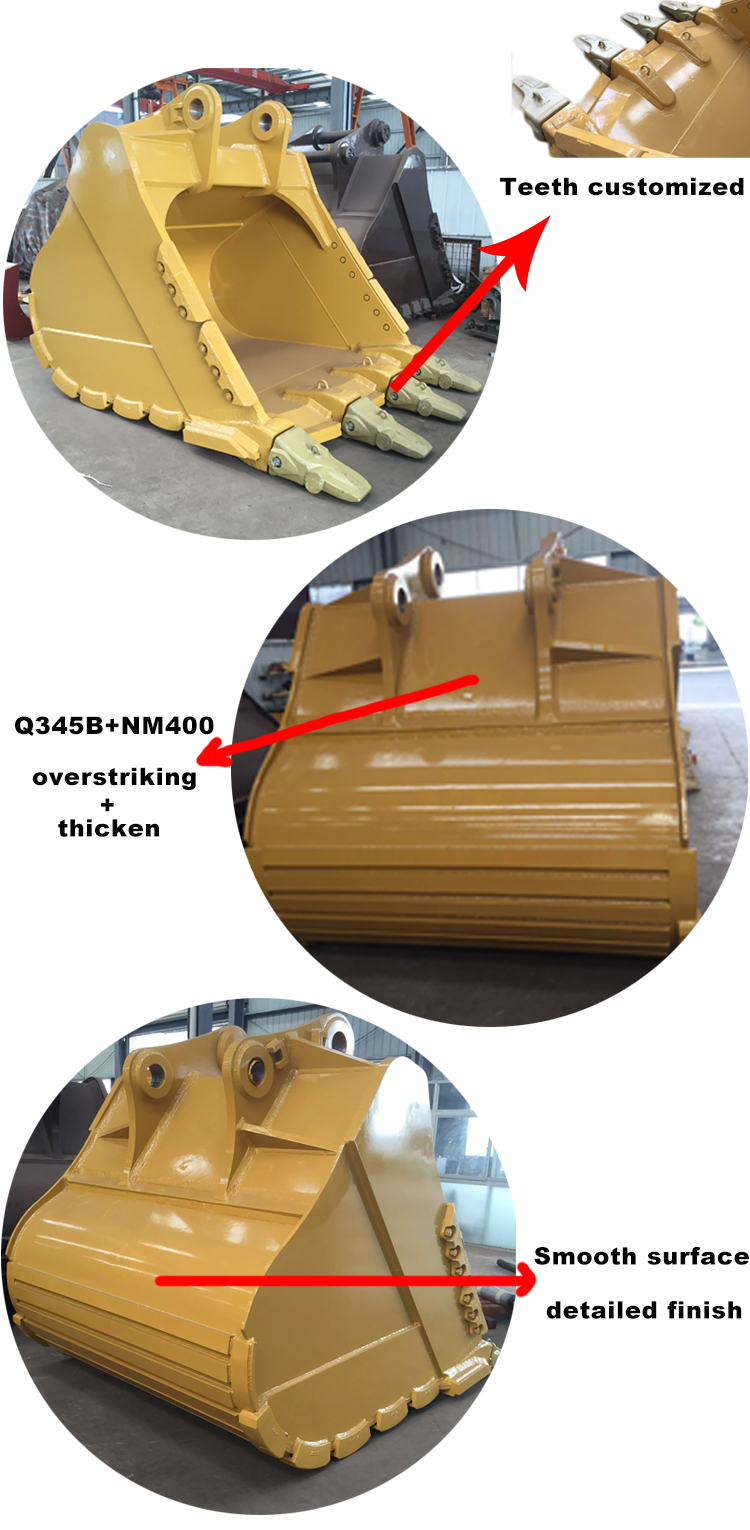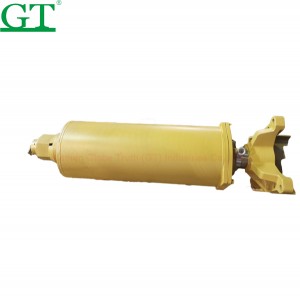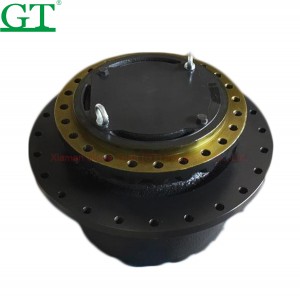Komatsu Excavator and Loader Bucket
Excavator Bucket Description
1. What are the common types of excavator buckets?
There are many types of excavator buckets, including:
General Purpose Buckets: Suitable for digging, grading, and moving materials.
Excavating Buckets: Suitable for earthworks, available in various sizes.
Heavy Duty Buckets: Handle different soils such as clay and gravel.
Grading and Trenching Buckets: For landscaping and site preparation.
Trenching Buckets: Used to create narrow trenches.
Rock Buckets: Used to break up hard materials such as rock and concrete.
Skeleton Buckets: Separate and sort materials on construction sites.
Tilt Buckets: Provide precise grading and ramping.
V-Buckets: Used to create sloped trenches for effective drainage.
2. How to choose a suitable excavator bucket?
When choosing the right excavator bucket, the following factors need to be considered:
Excavator size and job requirements.
Bucket capacity range and width.
Material type and operating environment.
Bucket compatibility – for example, a 20-ton excavator typically requires an 80mm pin for the hook.
.
3. What are the key points in excavator bucket maintenance and upkeep?
Periodically inspect the bucket for wear, damage or loose parts.
Clean the bucket thoroughly after use to prevent corrosion and rust.
Replace or repair worn parts promptly.
Ensure hinge points, pins and bushings are well lubricated.
Protect the bucket from the environment when storing it.
Maintain even bucket wear.
Take precautions such as adding wear-resistant materials in high-stress areas.
Train operators to use buckets correctly to avoid unnecessary wear.
Use a properly sized bucket to avoid overloading.
Refer maintenance to professional technicians when necessary.
| KOMATSU | |
| Excavator bucket | Loader bucket |
| KOMATSU PC60-70-7 0.25m³bucket | KOMATSU W320 bucket |
| KOMATSU PC70 0.37m³ bucket | KOMATSU WA350 bucket |
| KOMATSU PC120 0.6m³ bucket | KOMATSU WA380 bucket |
| KOMATSU PC200 0.8m³ bucket(new) | KOMATSU WA400 2.8m³ bucket |
| KOMATSU PC200 0.8m³ bucket | KOMATSU WA420 bucket |
| KOMATSU PC220 0.94m³ bucket | KOMATSU WA430 bucket |
| KOMATSU PC220-7 1.1m³ bucket | KOMATSU WA450 bucket |
| KOMATSU PC240-8 1.2m³ bucket | KOMATSU WA470 bucket |
| KOMATSU PC270 1.4m³ bucket | KOMATSU WA600 bucket |
| KOMATSU PC300 1.6m³ bucket | |
| KOMATSU PC360-6 1.6m³ bucket | |
| KOMATSU PC400 1.8m³ bucket | |
| KOMATSU PC450-8 2.1m³ bucket | |
| KOMATSU PC600 2.8m³ bucket | |
| CATERPILLAR | |
| Excavator bucket | Loader bucket |
| CATERPILLAR CAT305 0.3m³ bucket | CAT924F bucket |
| CATERPILLAR CAT307 0.31m³ bucket | CAT936E bucket |
| CATERPILLAR CAT125 0.55m³ bucket | CAT938F bucket |
| CATERPILLAR CAT312 0.6m³bucket | CAT950E 3.6m³ bucket |
| CATERPILLAR CAT315 0.7m³ bucket | CAT962G 3.6m³coal bucket |
| CATERPILLAR CAT320 1.0m³ bucket | CAT962G 4.0m³ coal bucket |
| CATERPILLAR CAT320CL 1.3m³ bucket | CAT966D 3.2m³ bucket |
| CATERPILLAR CAT320D 1.3m³ rock bucket | CAT966G 3.2m³ bucket |
| CATERPILLAR CAT323 1.4m³rock bucket | CAT966F 3.2m³ bucket |
Loader Bucket Description


1. What are the features of a loader bucket?
Loader bucket features include:
Improving productivity.
Durability, cost savings.
Versatility, one product for many jobs.
Made of high-quality steel for good grip and rugged performance.
2. What are the application scenarios of the loading bucket?
Loader buckets are suitable for a variety of applications, including:
Aggregate Handling: Efficient transfer of heavy aggregates.
Demolition Work: Suitable for various demolition scenarios.
Waste Removal: Suitable for waste management.
Snow Clearing: Ideal for removing snow and storm debris in winter.
Pipelines, Oil & Gas: For land clearing, pipeline construction and processing.
General Construction: Suitable for general-purpose work on a variety of construction sites.
3. What types of loader buckets are there?
Types of loader buckets include:
Rock bucket: Suitable for heavy duty work in quarries and mines.
High dump bucket: Suitable for loading trucks or hoppers at high locations.
Light material bucket: Used for efficient handling of light materials.
Round floor: Typically used for reprocessing aggregates or working on harder ground.
Flat floor: Commonly used in the earthmoving and landscaping industries to remove the top layer of soil and clear or level work areas.

















